Introduction
Lotus seeds, also known as lotus nuts, are the edible kernels found inside the pods of the lotus flower, a aquatic plant native to Asia, Australia, and parts of North America. These tiny, nutritious gems are prized for their delicate flavor, crunchy texture, and an array of health benefits. From traditional Chinese medicine to modern nutrition, lotus seeds have been celebrated for their ability to aid digestion, improve sleep, and promote overall well-being. But enjoying these natural treasures is contingent upon knowing how to select, prepare, and consume them fresh. This comprehensive guide will walk you through the process, ensuring you can savor the best of what lotus seeds have to offer.
Chapter 1: Understanding Fresh Lotus Seeds
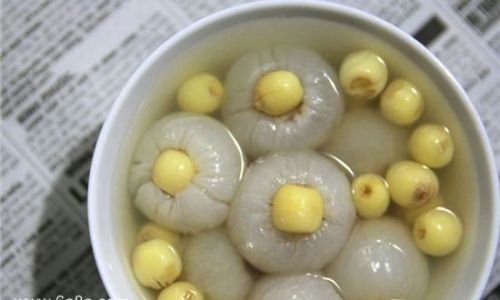
1 Identification and Varieties
Fresh lotus seeds are typically small, oval-shaped, and enclosed within a hard, green or brown pod. The seeds themselves can range in color from white to light brown, depending on their maturity and processing. There are several varieties of lotus seeds, each with its unique characteristics. For instance, the ‘Hong Lian’ variety, native to China, is known for its larger size and sweeter taste, while the ‘Bai Lian’ variety is smaller but equally flavorful.
2 Nutritional Value
Lotus seeds are a powerhouse of nutrients, packed with proteins, fats, vitamins, and minerals. They are particularly rich in essential amino acids, linoleic acid, vitamins B and E, magnesium, potassium, and phosphorus. These nutrients contribute to various bodily functions, including energy production, skin health, and heart health. Furthermore, lotus seeds contain a high amount of dietary fiber, aiding in digestion and preventing constipation.
3 Health Benefits
The health benefits of lotus seeds are numerous. They are believed to have a calming effect on the nervous system, promoting better sleep and reducing anxiety. Their antioxidant properties help fight inflammation and protect cells from damage. Additionally, lotus seeds are thought to regulate blood sugar levels, support liver health, and enhance immune function.
Chapter 2: Selecting Fresh Lotus Seeds
1 Sources and Seasons
To enjoy fresh lotus seeds, it’s crucial to source them during their peak season. In most regions, lotus seeds are harvested between late summer and early autumn. Fresh lotus seeds can be found at local farmers’ markets, Asian grocery stores, or directly from lotus farms. When purchasing, look for pods that are firm, have a vibrant green or brown hue, and are free from cracks or mold.
2 Inspecting Quality
When inspecting lotus seeds, look for those that are plump, have a smooth texture, and a consistent color. Avoid seeds that appear shriveled, discolored, or have an unpleasant odor. Fresh lotus seeds should have a mild, nutty aroma. If purchasing pre-shelled seeds, ensure they are stored in airtight containers and refrigerated to maintain freshness.
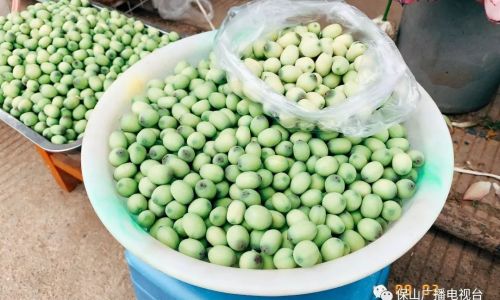
Chapter 3: Preparing Fresh Lotus Seeds
1 Shelling the Seeds
Shelling fresh lotus seeds can be a bit labor-intensive but is well worth the effort. Start by carefully cutting open the pods with a sharp knife, being mindful not to crush the seeds inside. Once the pods are open, gently remove the seeds, discarding any damaged or discolored ones. The seeds can then be rinsed under cold water to remove any residual pod material.
2 Soaking and Cleaning
Fresh lotus seeds may contain a bit of bitterness, which can be reduced by soaking them in water. Place the cleaned seeds in a bowl of cold water and let them soak for about 2-4 hours. This process also helps soften the seeds, making them easier to cook. After soaking, drain the seeds and rinse them thoroughly under running water.
3 Removing the Inner Hull (Optional)
For a more refined texture and flavor, you can remove the inner hull of the lotus seeds. This thin, white layer can be removed by gently rubbing the seeds between your fingers or using a small knife. While this step is optional, it can enhance the taste and appearance of your final dish.
Chapter 4: Cooking Fresh Lotus Seeds
1 Boiling
Boiling is one of the simplest and most popular methods of cooking fresh lotus seeds. After soaking and cleaning, place the seeds in a pot of boiling water. Reduce the heat to a simmer and cook for about 20-30 minutes, or until the seeds are tender. You can add a pinch of salt or sugar to taste. Boiled lotus seeds can be enjoyed as a snack, added to salads, or used in desserts.
2 Steaming

Steaming lotus seeds preserves their natural flavors and nutrients. Place the cleaned seeds in a steamer basket and steam for about 20-30 minutes, or until tender. This method is ideal for those who prefer a lighter texture and flavor. Steamed lotus seeds can be served with a drizzle of honey or a sprinkle of salt.
3 Stir-Frying
Stir-frying lotus seeds adds a delightful crunch to dishes. After soaking and cleaning, pat the seeds dry with a paper towel. Heat a small amount of oil in a pan over medium-high heat, then add the seeds. Stir-fry for about 5-7 minutes, or until they turn golden brown and slightly crispy. Season with salt, pepper, or your favorite spices. Stir-fried lotus seeds can be used as a topping for rice, noodles, or salads.
4 Baking
Baking lotus seeds offers a unique texture and flavor. Preheat your oven to 350°F (175°C). Spread the cleaned seeds in a single layer on a baking sheet and bake for about 15-20 minutes, or until they are lightly golden and crispy. You can lightly brush the seeds with oil before baking to enhance their crispiness. Baked lotus seeds can be enjoyed as a snack or added to trail mix.
Chapter 5: Incorporating Fresh Lotus Seeds into Dishes
1 Desserts
Fresh lotus seeds are a natural addition to various desserts. They can be incorporated into lotus seed paste, a sweet, sticky treat often used in mooncakes and other Asian desserts. They can also be added to porridge, custards, and ice creams for a nutritious and delicious twist.
2 Beverages
Lotus seeds can be used to make refreshing beverages. Blend soaked and cooked lotus seeds with milk, honey, and ice for a creamy, nutritious smoothie. Alternatively, boil lotus seeds with water and a sweetener to create a lotus seed tea, which is both hydrating and soothing.
3 Salads and Appetizers
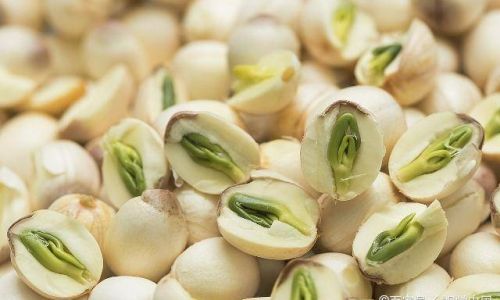
Fresh lotus seeds can add a crunchy texture and nutty flavor to salads. They pair well with greens, nuts, and fruits, making for a healthy and satisfying dish. As an appetizer, lotus seeds can be stir-fried with vegetables and served as a light, nutritious starter.
4 Main Courses
Lotus seeds can also be incorporated into main courses, adding depth and nutrition to your meals. They can be added to stir-fries, soups, and stews, providing a unique texture and flavor. For instance, lotus seeds can be included in a vegetarian stir-fry with tofu and vegetables, or added to a hearty chicken soup.
Chapter 6: Storing Fresh Lotus Seeds
1 Short-Term Storage
If you plan to use your fresh lotus seeds within a few days, store them in an airtight container in the refrigerator. This will help maintain their freshness and prevent spoilage.
2 Long-Term Storage
For longer-term storage, consider freezing your lotus seeds. After soaking and cleaning, pat them dry with a paper towel and place them in a single layer on a baking sheet. Freeze until solid, then transfer to an airtight container or freezer bag. Frozen lotus seeds can be stored for up to 6 months. When ready to use, thaw them overnight in the refrigerator or submerge them in cold water for a few hours.
Conclusion
Fresh lotus seeds are a versatile, nutritious, and delicious addition to your diet. By understanding how to select, prepare, and cook them, you can unlock their full potential and enjoy their myriad health benefits. Whether you’re incorporating them into desserts, beverages, salads, or main courses, fresh lotus seeds are sure to elevate your culinary experiences. So, the next time you come across these precious gems, don’t hesitate to give them a try. Your taste buds and body will thank you!
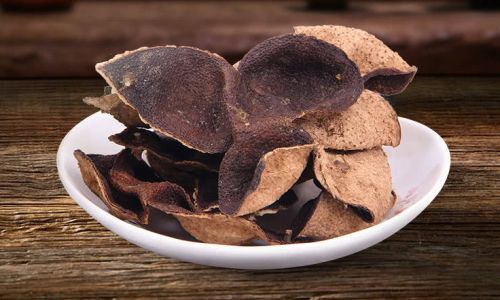

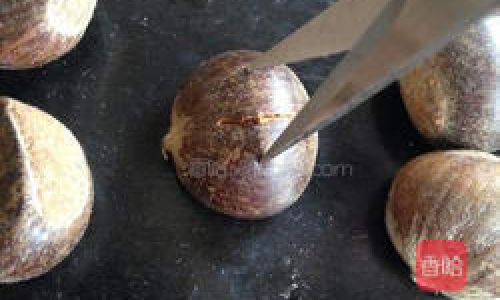

0 comments